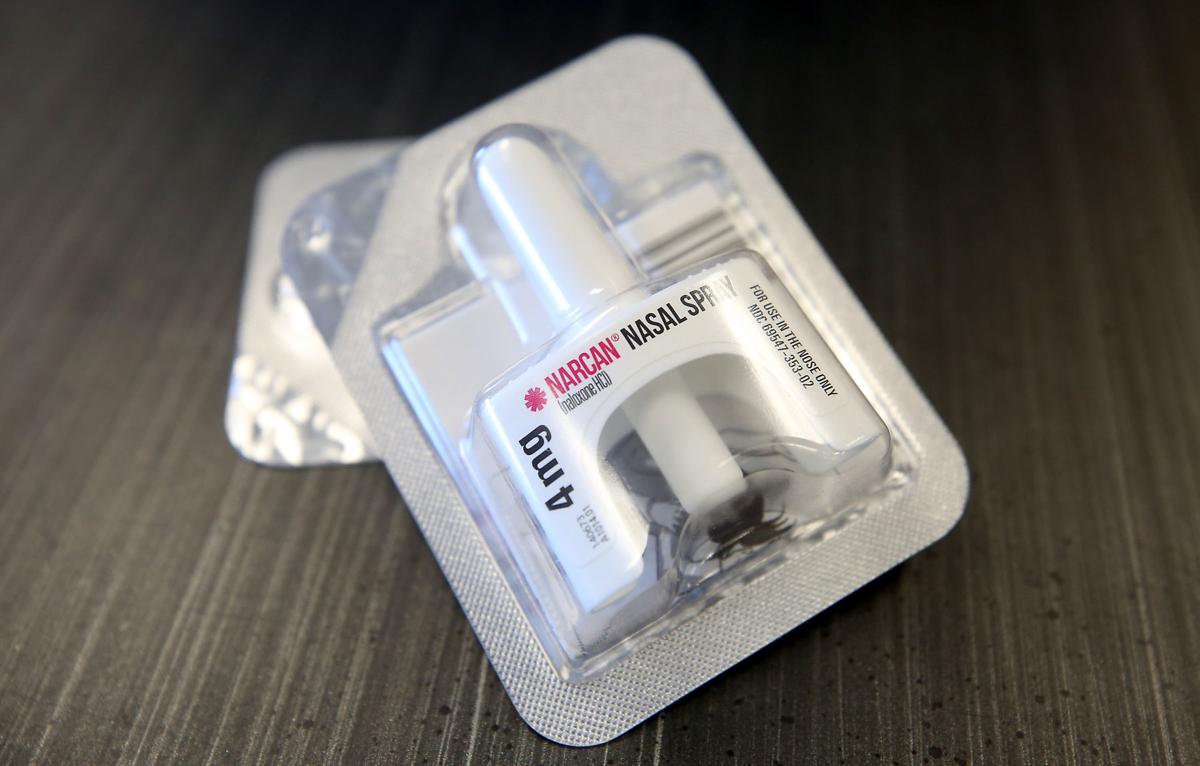Pima County sheriff’s deputies do not carry the drug naloxone, which reverses opioid overdoses, making the department one of the few statewide that does not carry the potentially lifesaving drug.
Part of their explanation, that medical first responders carry the drug and they very often arrive before, or shortly after, deputies at emergency calls so there’s no need for deputies to carry it, too, makes sense — to a point.
The obvious question is what happens if paramedics don’t get to a person having an opioid overdose as quickly as a sheriff’s deputy does?
That strikes us as a calculated risk that doesn’t need to be taken, especially because the drug, which comes as a nasal spray or intramuscular injection, is available free to law enforcement agencies through the Arizona Department of Health Services.
Think of it as a fire extinguisher at your home — you should have one, even though you expect that firefighters will respond ASAP.
Pima County Sheriff’s Department officials said a concern is that the drug, known commercially as Narcan, could become ineffective if left in squad cars and exposed to high temperatures.
The drug manufacturer, Adapt Pharma, said naloxone will survive up to 104 degrees and shouldn’t be frozen, Star reporter Stephanie Innes reported. The Tucson Police Department, whose officers have carried the drug since legislation allowing law enforcement to carry it passed in 2015, sent samples of heat-exposed Narcan to the company for testing and it remained effective.
One solution to this problem is found in other Arizona departments whose officers carry Narcan, including police in Lake Havasu — a city even hotter than Tucson. Lake Havasu City police spokesman Sgt. Tom Gray told Innes that the drug is kept in cases that officers check in and out for their shifts. When it’s not being carried in the field, the drug is kept in a temperature-controlled location.
“It is sitting in a patrol car during a shift, but in the big scheme of things it is better to have it than not have it at all.”
All TPD officers carry Narcan in their uniform pocket. Assistant Chief Kevin Hall said officers have given the drug 30 to 40 times, and recorded four “saves,” Innes reported. The Tucson Fire Department has used naloxone 618 times on 487 people, and it had a positive effect in 44 percent of those cases.
Innes reported that records from the Arizona Department of Health Services show that, in the past year, more than 5,600 doses of naloxone were administered. Most of those were given by emergency medical personnel, but law enforcement officers administered Narcan more than 300 times.
At a time when the number of Arizonans dying of opioid overdoses has reached nearly four people per day, it makes sense for every officer possible, including those with the Pima County Sheriff’s Department, to routinely carry naloxone.





